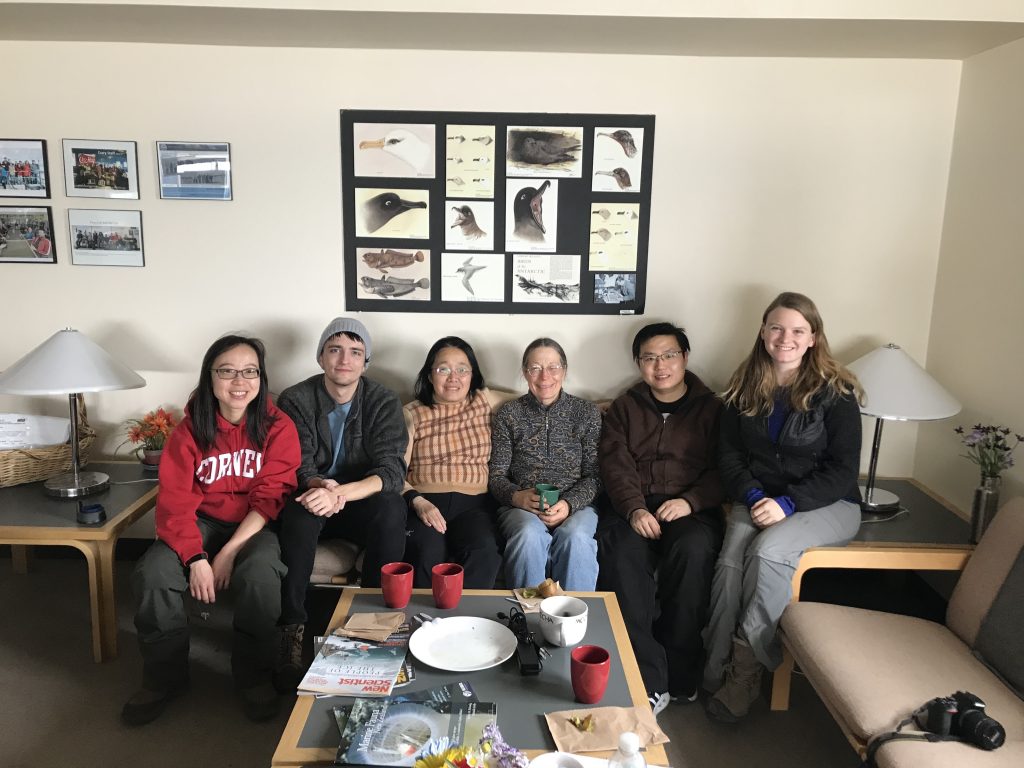Yesterday was our brightest day of sunlight. In the United States, it probably still is 12/21, and you are experiencing your winter solstice- the day with the least sunlight. It is strange having the sun so bright at night! Many cultures celebrate the solstice, so I will share how our team’s experience.
McMurdo experienced a brief power outage, and it made for a busy summer solstice for our team. This outage affected our equipment, specifically causing our wave meter to malfunction. This wave meter has a long history- manufactured in 1996, it has been in operation for 23 years, used both at the North and South poles! We were able to debug the problem, open the wave meter and make some adjustments to resolve the error. We are now ready to collect data again as soon as the skies are clear.
The wave meter is a part of our Sodium Doppler lidar system. The laser is tuned to the D2a peak of the Sodium atom’s spectrum in order to create resonance fluorescence of the sodium atoms in the atmosphere. Detecting the fluorescence signal using a telescope on the ground allows us to compute density, temperature, and wind in the upper atmosphere. Finding the peak of the sodium is difficult- we have to get within 0.0001 nm, which is 10^-9 times smaller than the diameter of a hair! Without a meter to get us close to the right wavelength, there is no way we could line up all our mirrors that precisely.

After fixing the wave meter, our group took a well earned break in the library. There is a great view of the Ross Sea, which is currently frozen, and seals lounging in the sun.


Good update. What is the temperature?
It is the middle of summer here, but it is still warmer than usual. According to the National Centers for Environmental Prediction, around 15% of Antarctica’s surface melted on Christmas Eve last week.
https://www.newsweek.com/record-hit-ice-melt-antarctica-day-climate-emergency-1479326